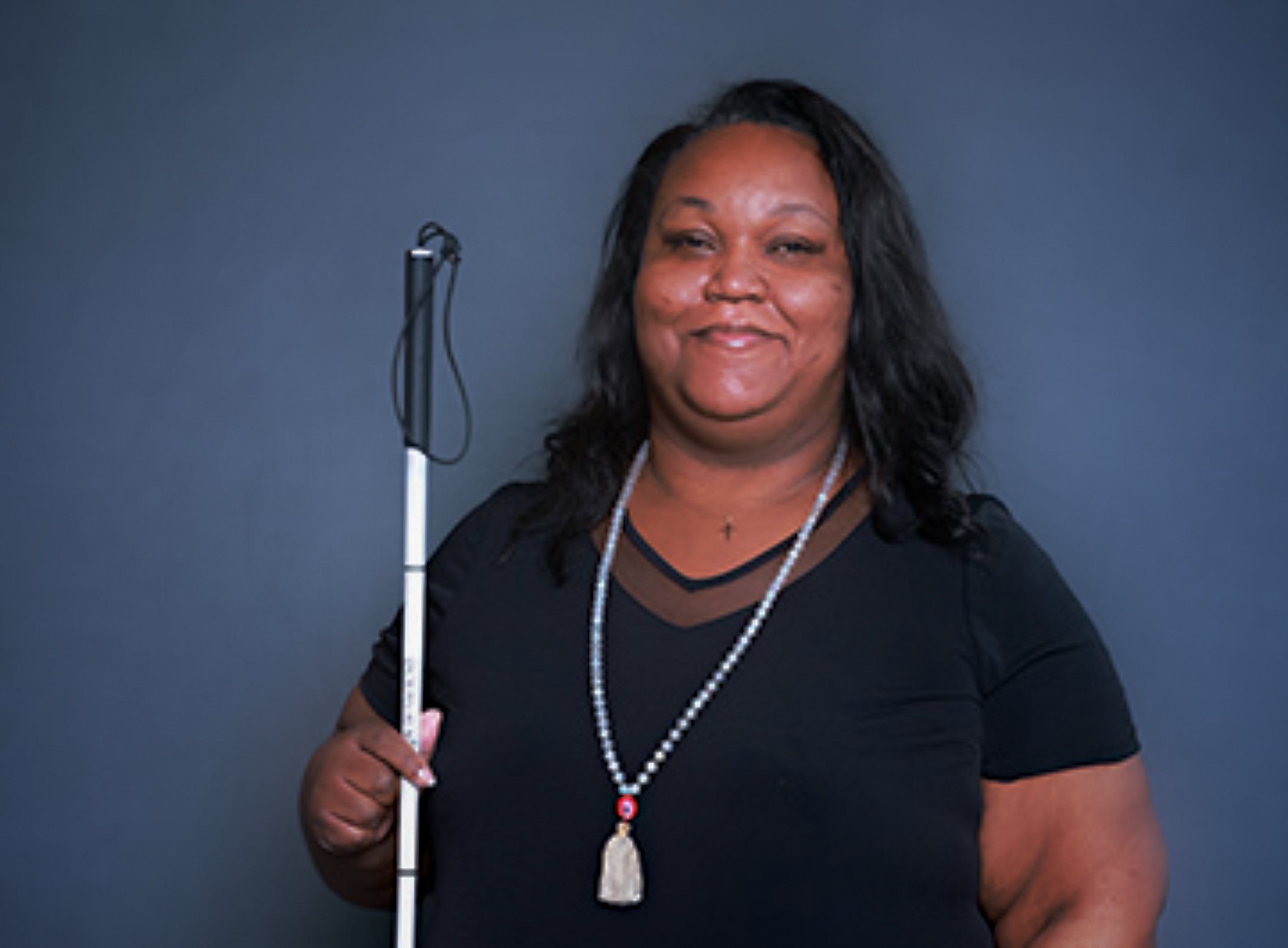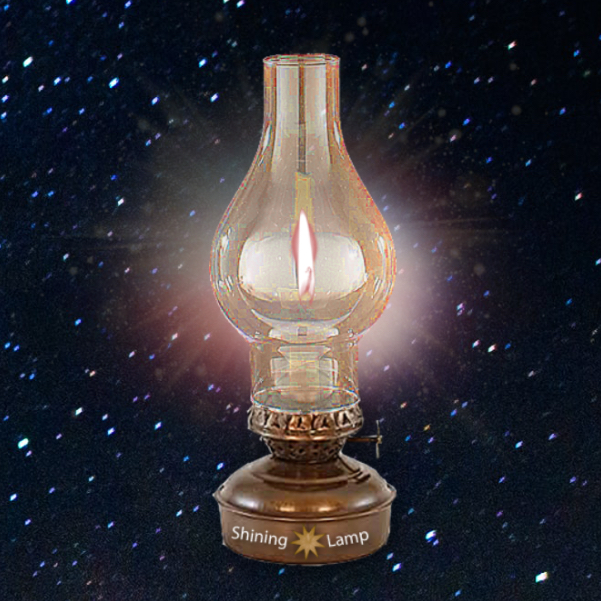Striving to remove barriers that prevent us from building Vibrant, Diverse, Inclusive, Accessible Communities!

Marilyn Green’s journey as a blind juror is a powerful testament to the importance of full civic inclusion and removing barriers that prevent People with Disabilities from participating equally in society. Her experience highlights the systemic assumptions that often exclude Blind People from jury service and the critical role of persistence and advocacy in shifting perceptions. Despite past rejections, Marilyn recognized the significance of answering her jury summons—not just for herself, but for the entire community striving for equal participation. Her story reminds us that true inclusion requires breaking down outdated assumptions and ensuring that accessibility is not an afterthought but an integral part of our community building process.
Her experience navigating the jury selection process exposes the barriers still embedded in our legal systems, from inaccessible kiosks to a lack of proactive accommodations. Yet, Marilyn’s presence in the courtroom challenged these obstacles head-on. When presented with an inaccessible form, she advocated for accessible materials, setting a precedent for how courts can and should support Blind People. The willingness of the judge and legal teams to work toward accessibility demonstrates that removing barriers is possible, but only when institutions acknowledge their role in being inclusive. This serves as a call to action for community leaders: we must build systems that anticipate accessibility rather than react to barriers after they arise.
As the trial progressed, Marilyn demonstrated that judgment is a function of intellect, not eyesight. She actively engaged with evidence, requested verbal descriptions, and ensured that her ability to weigh testimony was equal to that of her sighted peers. The courtroom’s willingness to consider accessibility, including using a screen reader for note-taking, signals progress, but it also underscores the need for broader systemic change. Her story challenges us to recognize that accessibility isn’t a special provision—it’s a fundamental requirement for a truly diverse and inclusive community. Imagine a legal system where all People with Disabilities can serve without barriers—this is the future we must work toward.
Marilyn Green’s experience as a juror is a landmark moment in the pursuit of full civic participation for Blind People, but it is also a reminder that the fight for accessibility is ongoing. Her story is not just about one person’s success—it’s about the collective effort needed to remove systemic barriers and build Vibrant, Diverse, Inclusive, Accessible Communities! We must demand policies that integrate accessibility into every aspect of public life and challenge the outdated assumptions that still shape our institutions. Her journey is an inspiration, but more importantly, it is a call to action. Read her full story to understand why ensuring equal civic participation is a responsibility we all share.
Read the Full Article: Breaking Barriers: My Journey as a Blind Juror
by: Marilyn Green
Share or Print with:

